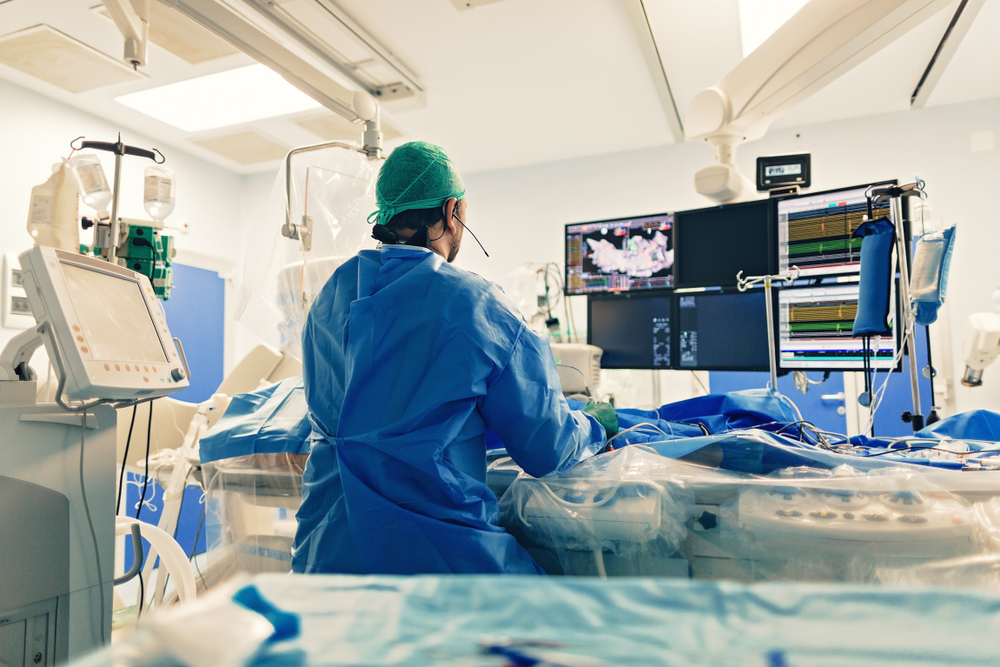Get Our Help
Experience top-tier subspecialty diagnostic and interventional radiology services in San Luis and neighboring communities. Elevate your healthcare with us.
805-542-9700

Interventional Procedures
If you are scheduled for an interventional procedure, such as a biopsy, you will first meet with a radiologist or technologist to discuss the procedure and obtain consent. This will give you an opportunity to ask questions and raise concerns. We have a private consultation room specifically designed for this purpose.
CT or CAT Scan Guided Biopsies
The technologist will help the doctor locate the region to be biopsied by taking several CT images. The doctor will mark an area on your skin and, upon administration of a local anesthetic, will insert a needle into the localized area. During the procedure, the technologist will take a series of images to determine the exact position of the needle. Once the needle is in the correct position, the doctor will take several tissue samples and send them to a pathologist for analysis.
Our radiologists require that a lung biopsy be followed by a chest X-ray.
Ultrasound-Guided Biopsies / Aspirations(Drainages ) / Thoracentesis/ Paracentesis
After placing an ultrasound probe over the site of interest and numbing the area with local anesthesia, the radiologist guides a biopsy needle directly into the mass or fluid collection. The doctor then takes your tissue or fluid specimens using an automatic spring-loaded device or a hand-held fine needle. We always send tissue or fluid samples to a pathologist for analysis. The procedure is preformed while you sit down or lie on your back and takes only 10 to 15 minutes. When the biopsy is complete, the doctor places a bandage over the biopsied or aspirated area.
Our radiologists require that a thoracentesis or aspirator be followed by a chest X-ray.
Ultrasound Procedure Specific Preparation
Although ultrasound-guided biopsies or drainages are minimally invasive, there is a risk of bleeding whenever the skin is penetrated. For this reason, if you are taking aspirin or a blood thinner, your physician may advise you to stop 3-5 days before the procedure. You may want to consider having a relative or friend present to lend support and to drive you home after the procedure.
